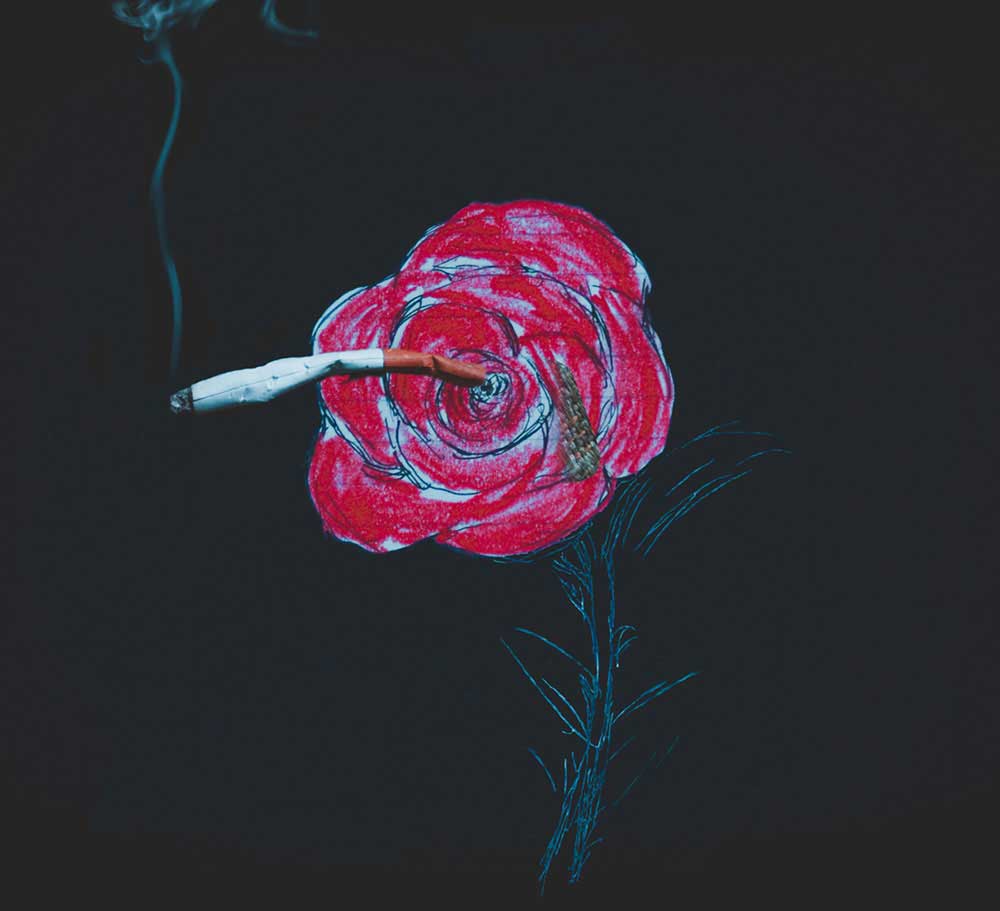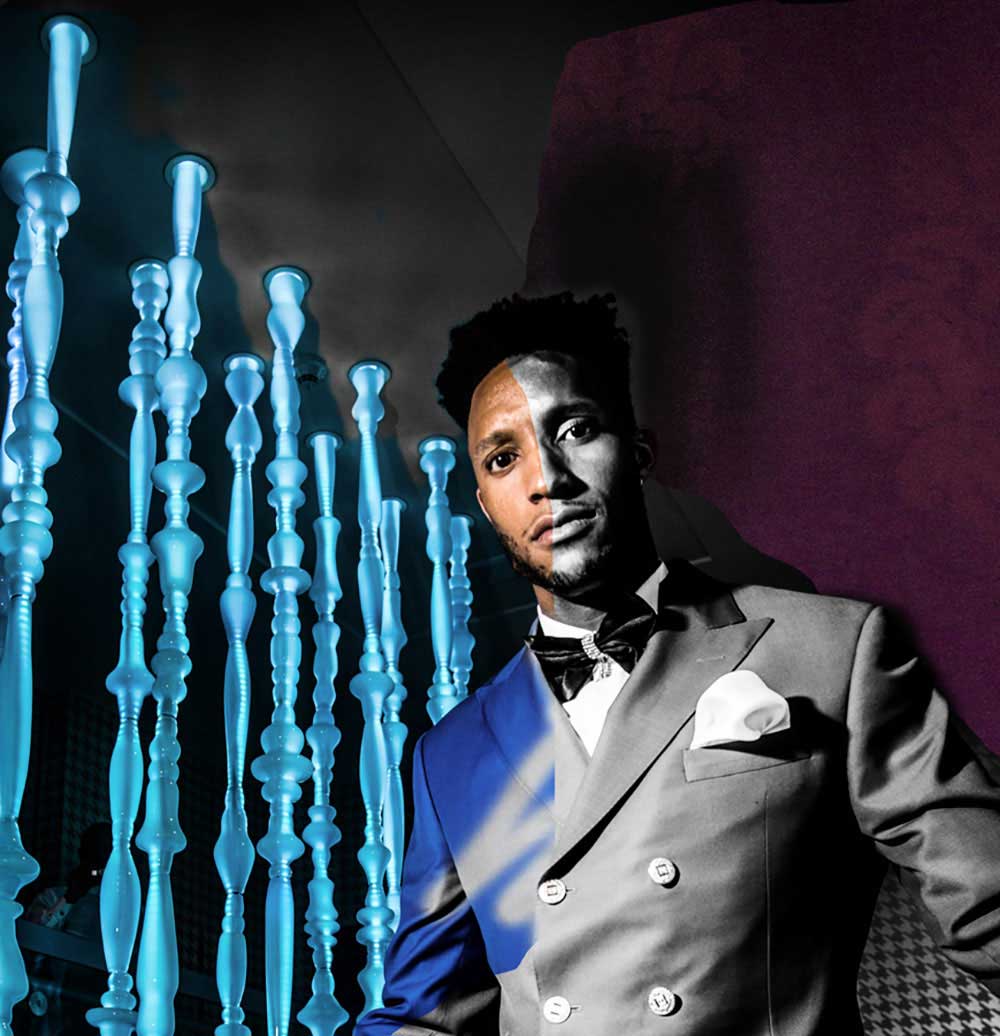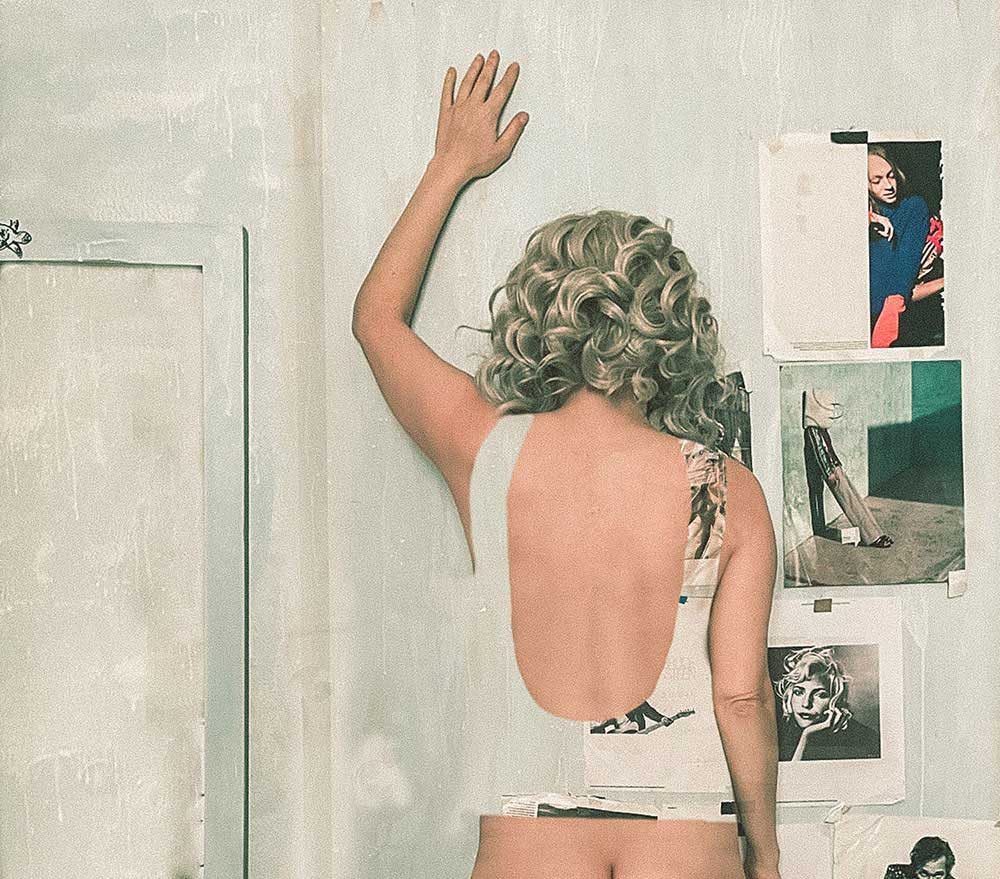I am a photographer and painter. I am from Portland, OR and I have just introduced my artwork into the NFT/cryptocurrency marketplace.
I have been published in large magazines worldwide as well as showing nationally and internationally in gallery and solo shows. Here, I am simply establishing with you, the reader, that I have credit so that you know I know “the art game.” I do. I have made it on a small scale, but now there are these things blipping wildly at us selling FOR HUGE MONEY and they are called NFTs.
What do we care? As artists should we be interested?
First, let me explain in my own language, what an NFT is, artist to artist. It is a large file photo (PNG) of your artwork that is “certified” and “turned into” an electronically verified piece of your art that can never be duplicated or stolen from you – and it can be bought on the crypto market. It is like attaching your unique autograph to a piece of your art that can never be taken off. But it also does not impair the viewing or experience of people seeing and enjoying your piece of art.
Basically, it is like showing your art on a wholly new platform where you, as the artist, get royalties forever going forward whenever that piece of art is sold and resold. And you get to set your own royalty percentage. It could become it’s own commodity, that continually pays YOU, the artist.
Yet, do some research of your own first. There are costs to making and posting your first NFT and you must also acquire a cryptocurrency first. All of this may sound strange and even scary, but keep reading. I will make it more simple to understand. To further elucidate HOW it is done, let explain in my own layman’s terms.
It is a picture of your piece of art that has gone through a couple of software platforms Let’s say you had to sign up for Facebook, Instagram and Twitter to get your picture of your art “certified” – It is similar to all the actions that posting on three websites and creating profiles entails. You put your picture of your art up on a website that posts, shows, or “deposits” NFTs. Please note those words are interchangeable in this scenario. (Some examples: rarible.com or niftygateway.com – There are many – simply google for them.) Then you use another website to buy a cryptocurrency that is used with NFTs which is called “ethereum” or “ether coin.” There is also WAX or Flow crytpocurrencies. Take a minute to read a bit about them first. I bought just enough ether coin to pay for what they call “gas fees” to be able to pay for your art picture being turned into an NFT. And do beware, the time of day you buy your coin matters. The “gas fees” are like processing fees. Once you have enough crypto coin, you finish the certifying process, on rarible or niftygateway, a platform that sells NFTs, which really “mints” your art photo into a coded version that can be sold in the cryptocurrency market and it is verified as yours.
I can tell you in further steps that in my case, I went to rarible.com and I had a 1920 pixel digital photograph with metadata that includes my name as creator. You probably also know that metadata includes date made, etc. I uploaded my photo and already had a meta mask wallet for cryptocurrency made. If you go to their website it is very straightforward. It sounds strange but it is easily done. Make sure to have this already set up with ether coin in it before uploading your first PNG photo of your artwork because the NFT-selling-site has to be able to LINK to your crypto wallet. Your computer does this automatically when you have your crypto wallet account window is open. I use Meta Mask Wallet. But there are others. It approves that you have enough coin in your wallet for the “gas fees” and then it asks to you sign a “sell order” before it “mints” your PNG photo into an NFT. Be prepared that it may take an hour or longer to purchase your ether coin because it does take quite a lot of computer power to “mine” the coins, or in effect get this done.
Are you following me?
Let me repeat in a different way because it took me two weeks of trying to tell myself in different ways for it to finally make sense. All in all, you go to one website to create a crypto wallet, then on that website with your wallet, you buy a crypto currency. I began with ethereum. Then, once you have bought enough to pay for the “gas fees” or posting fees, you go to a site like rarible and post your PNG file that will sync with your crypto wallet and it automatically embeds the necessary code to turn your file of artwork into an NFT. This also attaches your wallet to your artwork so you get paid royalties on every sale/re-sale. This is the exciting part for artists.
Do you want a place you can post your artwork to be viewed and sold and to forever earn royalties on any work of yours that sells? YES? YES.
Boom! Done. Your work is now an NFT available for sale on the crypto market. Just do a little research on some google searches and check out a few YouTube videos for how to do this as well. I recommend you watch one or two of these before finalizing your first NFT. A whole new marketplace is open for you to sell your artwork on, without an intermediary to take some of your artistic profits.
I am a serious artist who is really interested in the royalties going forward. Historically, artists are the ones that never make any money in the art game. This is still The Wild West, of course, and an emerging market, but for artists to create work with little investment for consistent returns, it could be a game changer. Some final caveats I really want artists to understand & remember:
-
- Beware of “gas fees.” These are the different processing fees associated with turning your artwork into an NFT (automatically charged, but you can stop the transaction and NOT sign off on the sell order if it seems to be too much)
- Try different times of day & night to purchase your crypto because the value fluctuates like stocks. (ETH, WAX or FLOW)
- You can set your own percentage of royalties! With my second NFT (my first one just sold) I am going to go for 20% because this is a new market and I think the artists can really earn money in this way. I am trail blazing here!
- You might think about not setting your price sky high at first. Make it an amount so people really have to think about spending money, but not so much that it will just sit in someone’s ownership. You want the royalties so let be an approachable number. We are not all Banksy.
Link to NBA Player/Asst Coach Evan Turner by Jady Bates NFT: https://bit.ly/3loe0CQ
Here is link to first NFT (self-portrait) on rarible.com: http://bit.ly/3qSxO2s
Jady Bates
Jady Bates is an internationally published and shown photographer. She photographs celebrities and artists. She is an idea maker, producer, editor, artist and photographer all in one. Jady enjoys life, animals, people, and the world.









